Μια Συνέντευξη
Inteviewing a 'holographer'

This is a written interview of the Hellenic Institute of Holography given to MIT MUSEUM on the occasion of their exhibition 'A Jeweled Net: Views of Contemporary Holography' opened on June 26th, 2012 and running through Sep 28th, 2013.
Q: What is the human side of your story with holography?
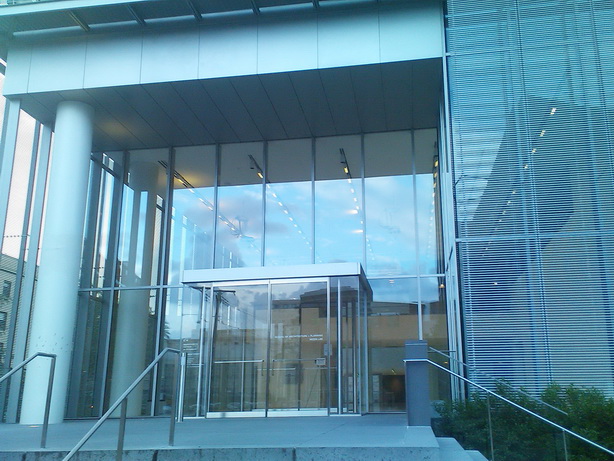
A: Our involvement with holography dates back to mid 80s when holography was all the hype on the new marvelous era to come as computers, lasers and 3D vision seemed to be just around the corner. And that was the time when display holograms (even crude monochrome depictions of relatively boring objects) seemed to excite the public enough to draw them into mega-exhibitions around the globe only to witness the magic of holography and the bright lights and vivid colours that holographic artists could create. We grew up together with holography as display holograms seemed to quietly die out and the digital era took off.
However, our early passion with holography gave way to our involvement with its applications in security printing and authentication. Twenty-five years down the road with lasers having developed to solid-state portable and affordable levels, stable panchromatic emulsions being commercially available, digital capture and processing of still and moving images having become an everyday common exercise and with LED-illumination systems just about to revolutionize the way holograms are lit, we deem ourselves fortunate enough to still be around and able to finance our original dream for ultra-realistic 3D pictures and to participate in (what seems to be) a re-born interest in display holography.
Q: How did you first encounter it and why was it so inspiring?
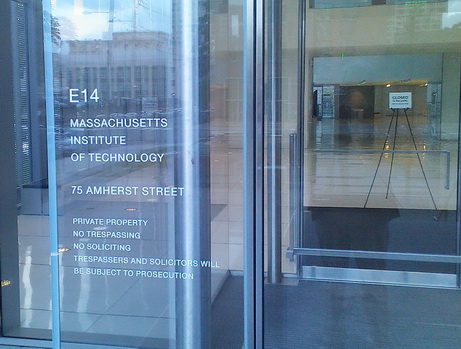
A: For people like ourselves -sensitive to visual stimuli- holography seems to exercise a unique irresistible impression in the way we perceive reality. This is far from a universal common reaction: we often come across individuals who simply throw a casual gaze on a hologram and placidly walk away without realizing what they have just eye-witnessed. However, in cases like ours, the nearest analogy from human life is 'love at first sight' in a literal sense and -in most cases known to us- this is a life-lasting emotional experience. More than 25 years since our first encounter with a display hologram protruding in space, we still remain sensitive to the realistic depiction of an object and the 'mysterious' way its light wave-front is captured on a transparent piece of glass. What we now may call 'magic', in darker ages it could well be associated to sorcery and holographers end up on the stake!
Q: What are you trying to achieve in holography? And how does your piece in the ISDH exhibition reflect this?
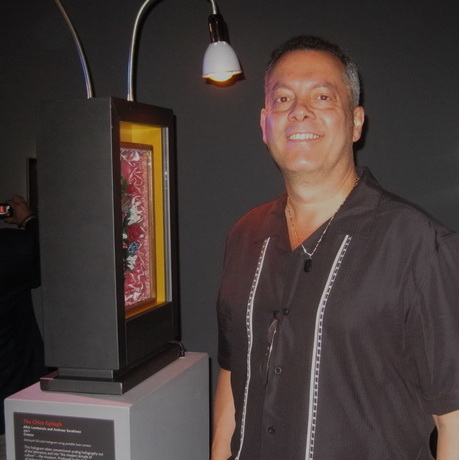
A: Being active in Greece, a country with such varied and important cultural heritage and influence to Western society, extending from Classic Ancient Greece through the Roman years and eventually to the 1000-years of history of Christian Byzantium, the focus of our activities in applications of cultural interest seemed to be a natural development. It is in this area where holography is called to play an important role either in the visual capture of real object artifacts and their conversion into virtual display exhibits or in scientifically studying their material structure with the use of non-destructive holographic interferometric techniques.
At the Hellenic Institute of Holography, we noted the scientific progress achieved by our fellow holographers around the globe and decided to follow their lead and guidance and try to take conventional analogue holography out of the laboratory and into the modern temple of culture, into the museum. Therefore, we have invested and experimented with a fully transportable RGB-laser camera set-up for the in-situ recording of objects of cultural interest into ultra-realistic full-colour display holograms using commercially available panchromatic emulsions and under controlled but adverse real-life conditions.
Our exhibit at the ISDH/MIT exhibition is just a visual example of what we can achieve with such a transportable camera set-up applied on an exceptionally difficult and demanding object from a strictly holographic perspective: wooden frame and parts, lots of fabric material of different types, vibrating free-standing metal flowers and a variety of colours. In spite of its explicit religious nature appealing to only a small percentage of general public, the end-result seems to justify our initial brief and aim to the extent that we invite visitors to the exhibition to witness for themselves and be the judge of the level of our success by displaying the original object adjacent to the hologram.
Clearly, the stability of 'Ultimate' emulsion holographic plates has played an important part in achieving repetitive results although fully mastering their chemical and optical properties has been a task in itself. At the same time, the development and use of our proprietary 'HoLoFoS' (an intelligent tunable LED-illumination system) has been instrumental in the faithful reproduction of the holographic ultra-realistic image.
Q: Why is display holography important to society and culture? Why is holography important in the broad perspective of human imaging, optical expression and communication?
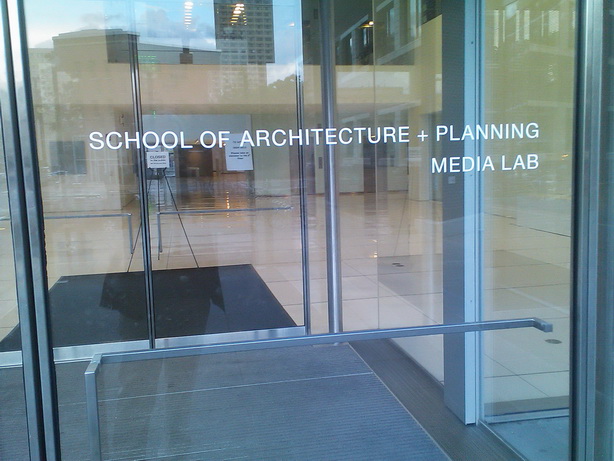
A: We are convinced that display holography has still an important role to play in modern society in spite of the flood of digital content -even of the so-called '3D-nature'. At a time when 3D-projection assisted by viewing aids or glasses-free systems are now making their re-appearance in digital form, it remains a fact that only depth perception and front-space projection can be simulated by these systems leaving the full-parallax and other subliminal optical properties necessary for a real-3D experience to be an almost unique property of display holography.
When none of the other human senses but vision has access to an object (as in the case of artefacts contained in Museum glass cases), it is absolutely impossible for the human brain to distinguish between the presence of the original object and its virtual ultra-realistic 'Optical Clone' (as we name our holograms). And as all accompanying visual features associated with daily vision (such as natural colours & shades, shadows, light reflections, depth-perception, full-parallax, perspective, mirroring effects etc.) are present, it becomes obvious why it remains almost impossible for display holographic images to be communicated by any verbal or other visual medium except through the real experience. This is what makes the ISDH/MIT, a unique experience and a 'first-hand' opportunity that public should NOT miss.
Display holograms have often been associated with the 'wow' effect once the general public realizes what lies in front of their eyes; however, at times when the public view is saturated by visual content of all types, it remains remarkable that a display hologram can still generate such a reaction and the fact that holograms leave an indelible stamp to the spectator may well be related to the way the human brain neurons interpret visual 3D stimuli.
Interestingly, when one sits back and contemplates that a display hologram in essence captures the electro-magnetic wave-front reflected by an object when illuminated by laser light, 'frozen' for a moment in time, then maybe this is the justification behind the primitive fear of humans that the photographic process may encapsulate one part of their 'anima'-soul. Could this be the reason why the uneducated-to-holography general public pays religious respect and pilgrimage to holograms depicting objects associated with their religious faith?
For the Hellenic Institute of Holography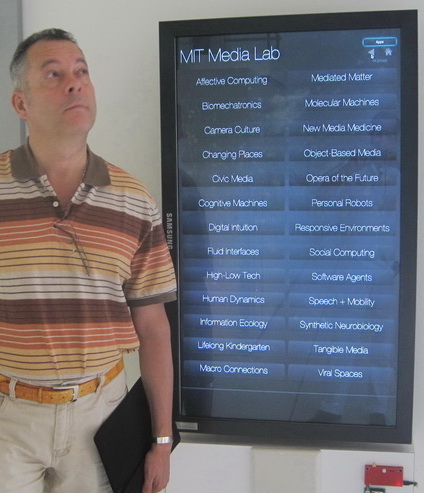
Alkis Lembessis
10.May.2012


